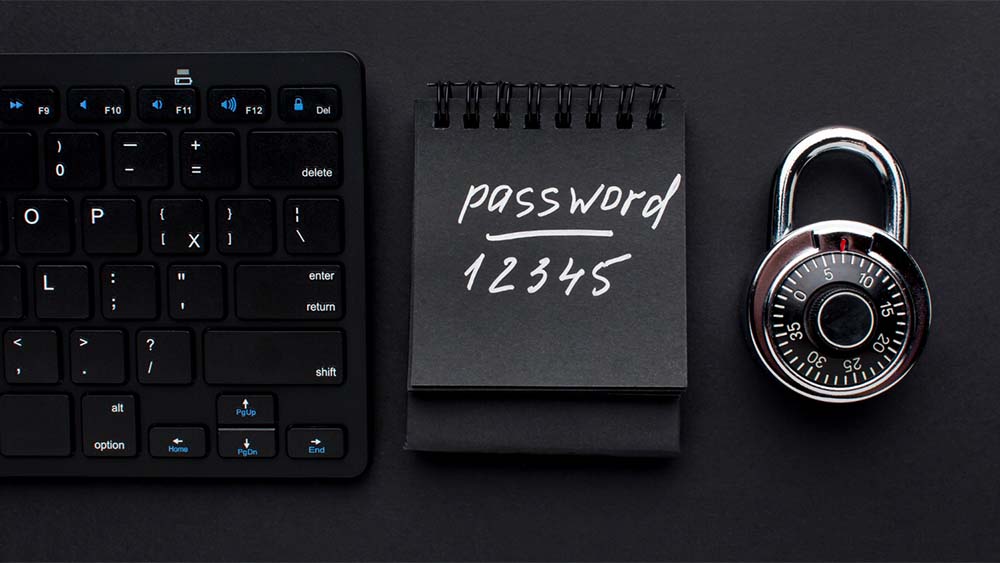The twist is that These aren’t myths. These are real stories from shop owners, homeowners advertising, as well as everyday people who told the mistakes they made, so you don’t have to be taught by doing it the hard way.
1.) “My phone died… then my bank texts stopped coming” (SIM-swap)
A Redditor reported losing mobile service seemingly out of out of the blue. Within minutes, hackers had control of their numbers and snatched one-time passcodes that allowed them to access accounts. It began with an account-level SIM switch, and then grew into accounts being taken over.
What happens Criminals bribe or trick the representative of a company to transfer your number. Since SMS codes are now theirs to reset passwords, 2FA logins are no longer a problem.
Protect yourself
-
Transfer critical accounts off SMS 2FA. Use authenticator software as well as Hardware keys.
-
Create the pin for port-out/account lock for your mobile.
-
Include alerts about bank logins via push emails or apps (not an SMS).
2.) “The house closing wire went to a thief” (real-estate BEC)
Many buyers have shared horror closing experiences: a compromised email address in the transaction chain was responsible to a fake “updated wiring instructions” and an unspecified amount of money transferred to criminals. Even domains with a single letter were used to spoof individuals and take over emails.
How does it happen It’s an example of a business breach of email (BEC): an attorney, agent, or title company’s emails are compromised. The attacker observes, and injects fake bank information just at the right moment.
Protect yourself
-
Call to confirm the details of your wiring by dialing a number that you have confidence in, not one that is included found in an email.
-
Make use of secure portals instead of attachments for directions.
-
Contact your bank for bank recall windows and out of-pattern hold on transfers.
3.) “We’re a tiny flower shop–why would hackers care?” (ransomware)
Small-scale business owners have had to endure painful blow-by-blow recovery after ransomware locked their points of sale and customer data. The cost of the ransom was a problem; however, it was the loss of trust among customers affected the business even more.
How does it happen A phishing attack or an exposed remote desktop is the way to get in. Backups are not available or are not online (and become encrypted too) and the company is in limbo.
Protect yourself
-
Maintain backups offline/immutable and try restores.
-
patch servers and shut down unused remote access.
-
Utilize accounts with the lowest privilege account and the MFA everywhere.
4.) “The CFO swore the CEO told her to pay–his voice sounded perfect” (deepfake)
In one case that was documented the criminals copied the voice of an executive and manipulated employees into transferring funds. Recently, organizations have reported fake meetings using Teams/WhatsApp pretending to be leaders; vigilance and not technology — saved the day.
What is it that happens? Attackers mix video and audio to create a convincing copy and then demand immediate payments or information.
Protect yourself
-
Insist on callback control Any payment instructions via voice or chat must be confirmed through an distinct channel.
-
Set two-approval on new payment recipients as well as large wires.
-
Inform staff about AI-impersonation suspicious behaviour (urgent or secret brand new accounts).
5) “We discovered an USB within the car park …” (USB-borne infection)
Sysadmins recall incidents in which an “found” USB (or even the printer in a hospital!) was the source of malware that then jumped back onto networks of the company. Even well-intentioned users get burned. Tests from the past show that a frightening proportion of users have the tendency to connect unintentionally inserted media.
What happens Malware makes use of autorun, HID-emulation or infects the drive that is removable so that it spreads again when you connect it to an unclean machine.
Protect yourself
-
Do not insert untested media or provide a safe drop-off method.
-
Turn off USB Autorun and block removable media by setting a the policy.
-
Make use of the scanner kiosk (content disarm) to make the necessary transfers.
6.) “My crypto wallet drained overnight” (fake applications and seed-phrase traps)
Victims have reported losing all accounts after downloading fake wallet applications and entering the seed phrases into prompts that resemble the ones you see. Security researchers have tracked the campaigns that distribute counterfeit Ledger Live builds to harvest phrases for recovery.
What happens A malicious application or phishing website solicits your personal information as a seed (which the genuine application does not require after establishing). After being exposed, the funds are gone.
Protect yourself
-
Use the wallet application download only on the official website, not apps-store clones or advertisements.
-
Treat the seed as money in the secured place. Do not type it into any app or website after the initial setup.
-
Take into consideration the possibility of using hardware money-saving devices as well as transactions alerts.
7.) “$100k ad spend in 30 minutes–2FA was on!” (ad-account takeovers)
Multiple advertisers provide details of Meta Business Manager compromises where criminals launched fake ads and burned 6 figures before being caught, despite the 2FA. Sessions hijacking and rogue administrators are frequent culprits.
What happens Attackers take session cookies (malware or Phishing) or create administrators through compromised profiles.
Protect yourself
-
Make use of Hardware-key MFA and login approvals for all administrators.
-
Set spend limits + real-time billing alerts.
-
Conduct regular audits of assets and people in the Business Manager.
What do these stories have in common is
-
Identity defines the latest edge (SIM cookies, SSO, sessions).
-
Humans and urgent are the main attack surface (deepfakes, BEC).
-
Basics beat the magic Backups MFA, patching, verification workflows.
-
Checks out-of-band (phone calls, callbacks Dual controls) can stop the majority of wire fraud.
-
Hygiene of data (least privilege integrity of the app source) reduces the blast radius.
Your rapid-hardening checklist
-
MFA using hardware keys to access email, finance advertising, email, and administration tools.
-
Appstore store discipline: install only from official vendor domains. Verify checksums when offered.
-
Money movements: dual-approval + callback with a pre-determined number; “new payee” cool-off window.
-
Backups Offline + tried restores practice a 1 hour “tabletop” today.
-
Cleanliness of the endpoint: patching, EDR and browser isolation for financial roles.
-
USB policy: disable autorun; limit removable media; provide scanning stations.
-
Notifications: Set spend limitations alerts via wire abnormal logins, large transfer approvals.








